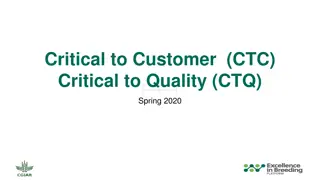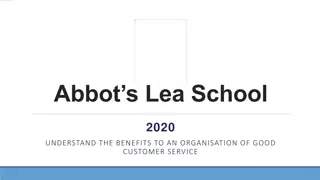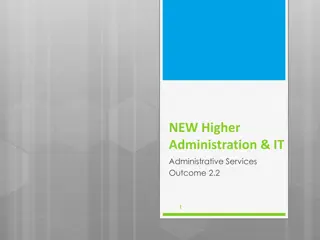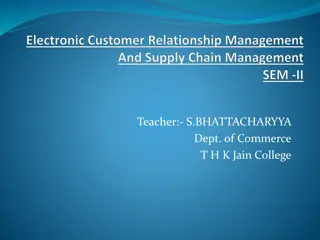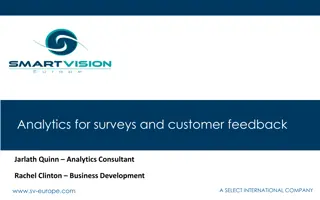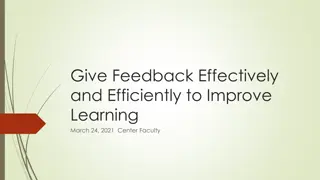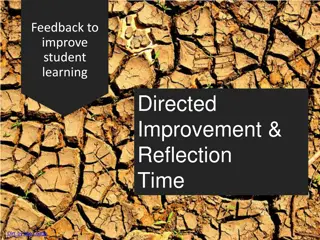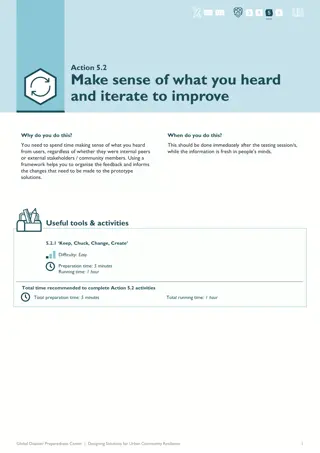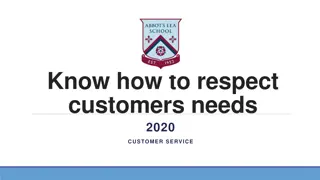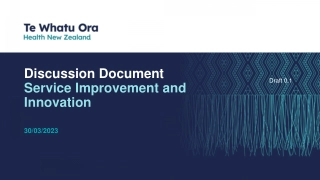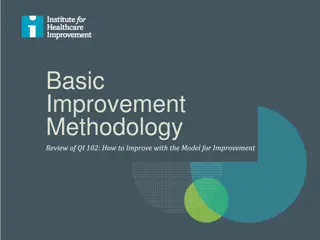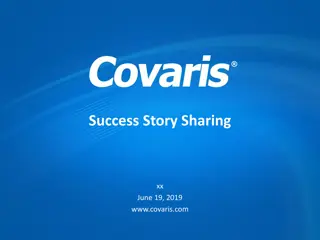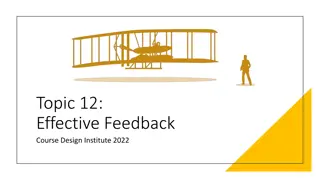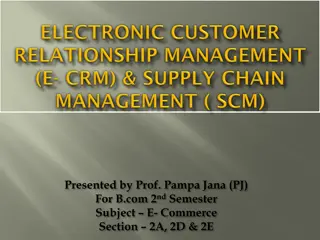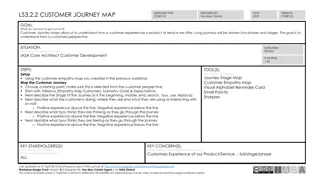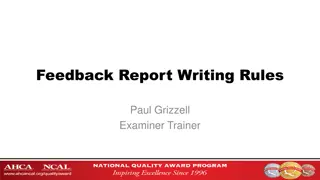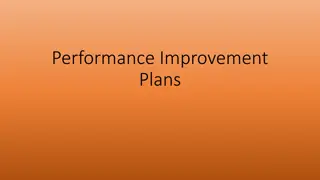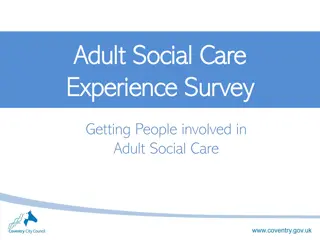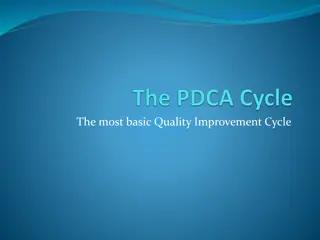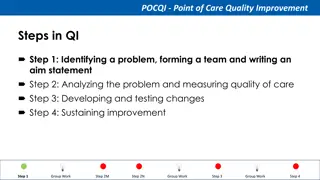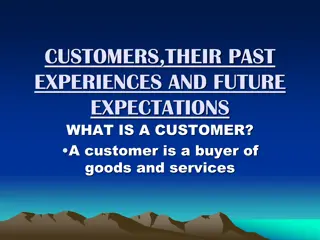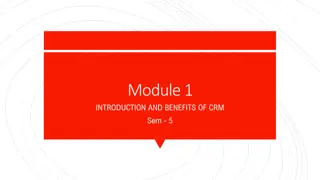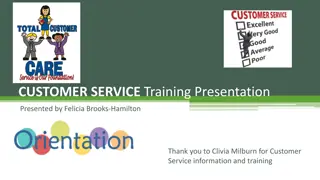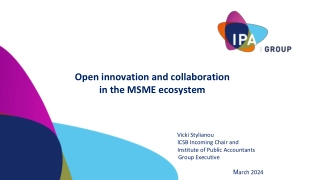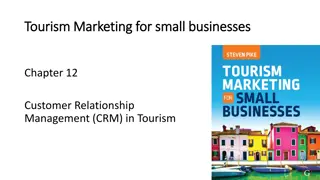Utilizing Customer Feedback to Identify Areas for Service Improvement and Innovation
Allied Consultants are the architects of the digital realm. Our IT consulting services lay the foundation for your digital empire. With web development, we design and construct online worlds that captivate your audience. Our Business Intelligence exp
Download Presentation

Please find below an Image/Link to download the presentation.
The content on the website is provided AS IS for your information and personal use only. It may not be sold, licensed, or shared on other websites without obtaining consent from the author. Download presentation by click this link. If you encounter any issues during the download, it is possible that the publisher has removed the file from their server.
E N D
Presentation Transcript
Utilizing Customer Feedback to Identify Areas for Service Improvement and Innovation Have you ever wondered what could be the secret ingredient to the success of leading companies around the globe? It might surprise you, but the answer often lies with the customers through their feedback. Companies like Amazon, Apple, and Starbucks have all leveraged customer feedback to drive their success. As businesses strive for growth, the role of customer feedback in identifying areas for service improvement and innovation becomes increasingly pivotal. This article delves into how leveraging this valuable resource can drive a company's success by highlighting areas for enhancement and introducing novel ideas for innovation. Extensive research indicates that businesses that actively seek and act upon customer feedback often see a direct improvement in their performance. For instance, a Harvard Business Review study found that companies prioritizing customer feedback are 33% more likely to report higher customer satisfaction. Furthermore, these companies are 1.5 times more likely to report revenue growth over the previous year than businesses that do not value feedback as highly. This underscores the urgency and importance of prioritizing customer feedback for businesses aiming for sustainable revenue growth. The Importance of Customer Feedback Customer feedback is a powerful tool, providing direct insights into what customers like, dislike, and desire from a product or service. It serves as a real-time customer satisfaction audit and a roadmap for future development. Studies show that 70% of companies that deliver outstanding customer service use customer feedback to inform their decisions. This statistic emphasizes the importance of listening to customers and highlights the potential for improvements that can increase customer loyalty and revenue. Types of Customer Feedback Feedback comes in various forms, each offering unique insights into the customer experience: 1.Surveys and Questionnaires Surveys and questionnaires are structured tools that provide quantitative insights into customer satisfaction and specific aspects of your product or service. They can be distributed widely through various channels such as email, websites, or even at the point of sale. The structured nature of surveys allows for easy data analysis through statistical methods, helping identify trends and average customer sentiments. They are beneficial for gathering specific information across a large customer base, making them a staple in customer feedback strategies. 2.Focus Groups Focus groups involve gathering a small group of people to discuss their perceptions, opinions, beliefs, and attitudes toward a product, service, or concept. A researcher usually moderates these sessions and can provide deep qualitative insights that surveys might miss. The interaction between participants can help uncover new ideas and expose the reasoning behind customer sentiments. This method is beneficial for testing new ideas or getting detailed feedback on existing products.
3. Online Reviews and Social Media Mentions Online reviews and social media mentions provide unprompted customer feedback, reflecting their genuine perceptions and experiences with a product or service. This type of feedback is valuable because it is unsolicited and thus can be more honest. Monitoring reviews on platforms like Yelp, Google, and social media sites helps companies understand the customer's voice in a natural setting. Additionally, these platforms can highlight issues that might not be captured through structured feedback forms, offering a real-time pulse on customer satisfaction. 4. Customer Interviews Customer interviews are in-depth conversations with individual customers that provide a profound understanding of the customer's experiences, expectations, and areas of dissatisfaction. These interviews can be conducted face-to-face, over the phone, or via video calls. They allow a deep dive into the customer's journey with a company, from initial contact through various touchpoints to the post-purchase experience. The rich, detailed interview data can lead to significant insights into personal stories and specific feedback that other methods might not capture. Analyzing Feedback for Service Improvement Once feedback is collected, the next step is analysis. This involves categorizing feedback to identify common themes and trends. For example, recurring complaints about a specific service aspect may indicate an area needing immediate attention, while repeated praise for another could highlight a strength to build upon. This analysis process is crucial as it transforms raw feedback into actionable insight analysis, process improvement, and innovation strategies. Feedback Type Common Themes Potential Actions Table 1: Feedback Analysis Example Online Reviews Speed of service Improve process flows Customer Surveys Productreliability Enhance quality checks Focus Groups Customer support Train supportstaff Social Media Pricing Review pricing strategy
Implementing Changes Based on Feedback The real challenge lies in effectively implementing changes based on customer feedback. This process should be systematic and responsive to make improvements swiftly and efficiently. However, it's important to note that implementing changes can sometimes be met with resistance from employees or require significant modifications. To overcome these challenges, consider setting up a task force or a dedicated team to implement input. This team would work on integrating feedback into the service design and operational processes, ensuring that the customer's voice is always at the forefront of service innovation. Encouraging Continuous Feedback To maintain a competitive edge, companies must encourage continuous feedback to detect flaws and capture innovative ideas from customers. Methods to promote input include: Providing multiple channels for feedback submission. Offering incentives for giving feedback. Regularly updating customers on how their feedback has been used. Table 2: Methods to Encourage Feedback Method Description Expected Outcome Multi-channel Access Offering various ways to give feedback (e.g., mobile app, website, in-person) Increased feedback volume Rewards for feedback (e.g., discounts, loyalty points) Higher engagement from customers Incentives Feedback Updates Stronger customer trust and loyalty Regular reports on feedback impact Conclusion Integrating customer feedback into more vital improvement and innovation is not just a tactic but a strategic necessity in today's competitive marketplace. By actively listening to their customers, businesses can enhance their business consulting services, introduce new features that meet real needs, and, most importantly, build lasting relationship with their customers based on trust and responsiveness. This emphasizes the value and impact of the audience's actions, as the most successful businesses do not think they know what their customers want but are committed to continuously learning from them. In essence, customer feedback is the cornerstone of effective service improvement and the catalyst for innovation, shaping the future of any business aiming for the pinnacle of customer satisfaction and operational excellence.
Author Bio Isaac is a highly accomplished healthcare professional with over 13 years of experience in healthcare administration, medical billing and coding, and compliance. He holds several AAPC specialty certifications and has a bachelor s degree in Health Administration. He worked previously at a large multi-physician family care and occupational health practice with two locations in northwestern PA and now works for Medcare MSO in the ICD-10 Editorial department to write articles about medical billing services. He enjoys sharing his knowledge and experience as a certified PMCC instructor. He has authored many articles for healthcare publications and has been a featured speaker at workshops and coding conferences across the country.



